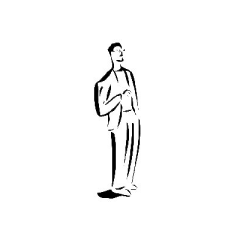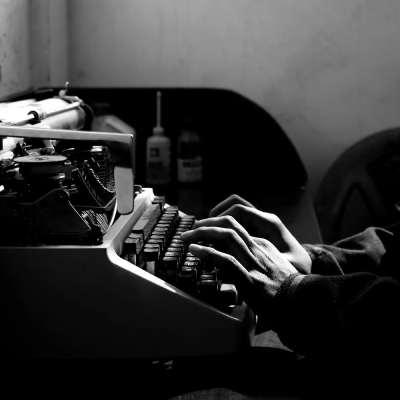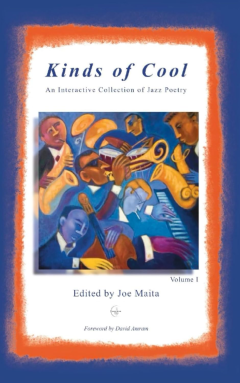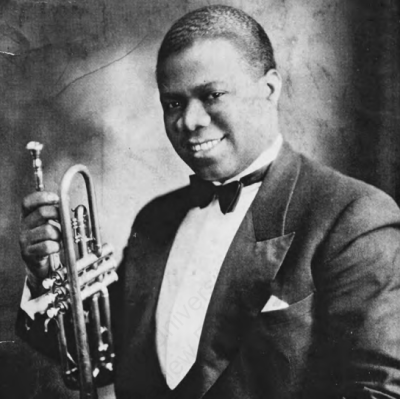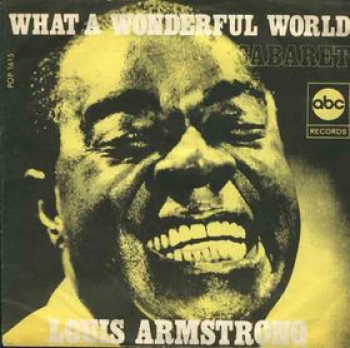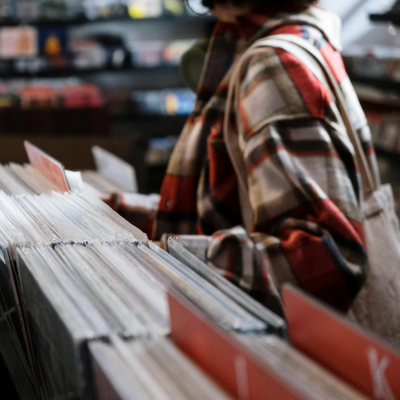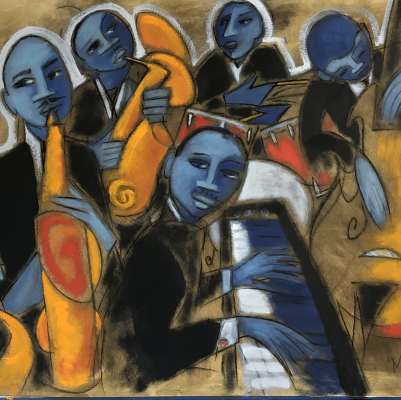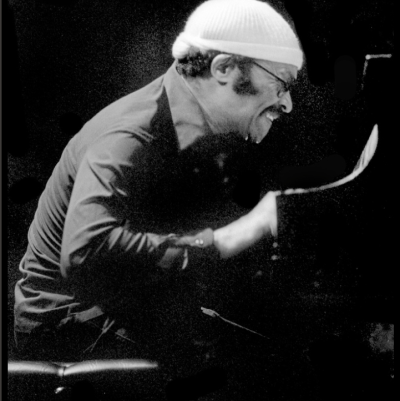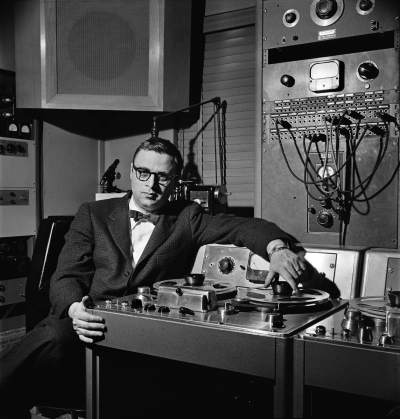photo Driggs Collection
Pla-Mor Ballroom, Kansas City, 1920s
_____
“Entrance was under a brilliant electric sign. Once past the door, wall decorations of freehand painting attracted attention. Rich carpet gave an impression of luxuriousness. Up a flight of steps and down a hall past the women’s cloak room the eye followed vivid hunting and jungle scenes of the modern motif. Velour tapestries were admired particularly by the women. In the two women’s rest rooms imported Italian furniture was another feature. The ball room and mezzanine were decorated in a more strictly patterned manner. Here the lighting brilliance demanded the first and lasting attention. Ceiling fixtures of beaded glass chains suspended bowl-shaped, with variable colors glowing through them, vied with tinted lamps casting full and toned colors across the floor from the walls.”
– Kansas City Times, 1927, on the Pla-Mor Ballroom
__________
photo Driggs Collection
Fairyland Park, Kansas City, 1930s
_____
“Fairyland Park was the main outdoor venue for the summer seaon in the 1930s — for Bennie Moten, Andy Kirk, Harlan Leonard, and Jay McShann and nationally known bands on tour.”
– Chuck Haddix and Frank Driggs
*
*
, by Bennie Moten
__________
photo Driggs Collection
Jap Allen’s Cotton Club Orchestra, later known as the Cotton Pickers, Kansas City, 1930
Left to right: Joe Keyes, trumpet; Ben Webster, tenor sax; Jim Daddy Walker, guitar; Clyde Hart, piano/arranger; Slim Moore, trombone; Raymond Howell, drums; Jap Allen, bass/leader; Eddie “Orange” White, trumpet; Al Denny, alto sax; O.C. Wynne, vocals; Booker Pittman, alto sax/clarinet; Durwood “Dee” Stewart, trumpet
_____
“This band, modeled after McKinney’s Cotton Pickers, was the hottest band in town during the 1930s, with extended engagements in Tulsa, Oklahoma City, Sioux Falls, and Sioux City, as well as in Kansas City. In 1931 Blanche Calloway raided the band, taking six key players, thereby breaking them up. Allen reorganized in St. Louis, but was not successful.”
– Chuck Haddix and Frank Driggs
photo courtesy Druie Bess/Driggs Collection
Walter Page Blue Devils, Ritz Ballroom, Oklahoma City, 1931
Left to right: Hot Lips Page, trumpet; Leroy “Snake” White, trumpet; Walter Page, bass; James Simpson, trumpet; Druie Bess, trombone; A.G. Godley, drums; Reuben Lynch, banjo; Charlie Washington, piano; Rueben Roddy, tenor sax; Ernie Williams, director/vocals; Theodore Ross, first alto sax; Buster Smith, alto sax/clarinet, arranger
_____
“The Blue Devils, considered to be the most musical band of the time, arrived in Kansas City to play the White Horse Tavern in 1928. One by one, Bennie Moten hired away Hot Lips Page, Count Basie and Jimmy Rushing. Even Walter Page himself later had few options and joined Moten in 1931.”
– Chuck Haddix and Frank Driggs
“There was such a team spirit among those guys [The Blue Devils], and it came out in the music, and you were part of it. Everything about them really got to me, and as things worked out, hearing them that day was probably the most important turning point in my musical career so far as my notions about what kind of music I really wanted to try to play was concerned.”
– Count Basie
*
Blue Devil Blues, by Walter Page’s Blue Devils (Jimmy Rushing, vocals)
photo Driggs Collection
Bennie Moten’s Kansas City Orchestra, Pearl Theater, Philadelphia, 1931
Left to right: Hot Lips Page, trumpet; Willie McWashington, drums; Ed Lewis, first trumpet; Thamon Hayes, trombone; Woody Walder, tenor sax, clarinet; Eddie Durham, trombone, guitar/arranger; Count Basie, piano/arranger; Jimmy Rushing, vocals; Leroy Berry, banjo, guitar; Harlan Leonard, first alto sax; Bennie Moten, piano, vocals; Vernon Page, tuba; Booker Washington, trumpet; Jack Washington, alto and baritone sax; Bus Moten, director, accordion
_____
“Not long after this photo was taken, Basie and Eddie Durham convinced Bennie Moten to hire new men and change the style of the band to be more competitive with the Eastern bands.”
– Chuck Haddix and Frank Driggs
“The real mistake he [Moten] made was when he went East and played the same stuff the eastern bands were playing for years! He was a flop, because the people expected the same western music he was famous for, and in fact we almost got stranded. It was the saddest thing he ever did.”
– Ed Lewis
*
White Lightin’ Blues, by Bennie Moten’s Kansas City Orchestra
photo Driggs Collection
Andy Kirk’s Clouds of Joy, Rainbow Ballroom, Denver, 1935
Left to right: Earl Thompson, Ted Donnelly, Bob Hall, Harry Lawson, Andy Kirk, Ted Brinson, Ed Thigpen, Booker Collins, Mary Lou Williams, Dick Wilson, John Williams, John Harrington, Pha Terrell.
_____
“Blacks in the school systems, in business, in the professions. It was a revelation to me. Kansas City was a regular Mecca for young blacks from other parts of the country aspiring to higher things than janitor or chauffeur.”
– Andy Kirk
*
Walkin’ and Swingin’, by Andy Kirk and the Twelve Clouds of Joy
photo by Roland Shreves; Driggs Collection
Mary Lou Williams, pianist/arranger for Andy Kirk’s Orchestra, Denver, 1940
*
Night Life, by Mary Lou Williams
photo Driggs Collection
Reno Club, 12th and Cherry, Kansas City, 1938
_____
“From 1935 to 1939 this club flourished, starting Count Basie on his way to fame, through Bus Moten, Bill Martin, and finally Oliver Todd, before the place was closed in the cleanup of 1939.”
– Chuck Haddix and Frank Driggs
*
Twelfth Street Rag, by Count Basie
photo Driggs Collection
Hot Lips Page and Bus Moten Band, Reno Club, Kansas City, c. 1936
Left to right: Bus Moten, piano; Jesse Price, drums; Billy Hadnott, bass; Orville DeMoss, alto sax; Hot Lips Page, trumpet; Robert Hibbler, trumpet; unknown, alto sax; Dee Stewart, trumpet; Odell West, tenor sax.
_____
“Hot Lips Page was signed by Joe Glaser and went to New York after this engagement. Bus Moten was a hothead, despite having good men, and lost the job almost immediately.”
– Chuck Haddix and Frank Driggs
*
Limehouse Blues, by Hot Lips Page
photo courtesy Curtyse Foster; Driggs Collection
Interior of the Reno Club, Kansas City, 1937
Left to right: Prince Alpert, trumpet; Bill Searcy, piano; Paul Gunther, drums; Lowell Pointer, bass; Curtyse Foster, tenor sax; Roy “Buck” Douglas, tenor sax; Bill Martin, trumpet; Ray “Bill” Douglas, first alto sax; Christianna Buckner, dancer.
_____
“It was on this bandstand that Count Basie’s career was launched in 1935.”
– Chuck Haddix and Frank Driggs
photo Driggs Collection
The Rockets at the Spinning Wheel, 12th and Troost, Kansas City, 1937
Left to right: Pete Johnson, piano; Booker Washington, trumpet; Herman Walder, alto sax; Leonard “Jack” Johnson, bass; Woody Walder, tenor sax; Baby Lovett, drums.
_____
“This break-off unit from the Harlan Leonard band kept this job for three years. Pete Johnson, an inveterate ladies’ man, left and was replaced by Elbert “Coots” Dye.”
– Chuck Haddix and Frank Driggs
*
Rockin’ with the Rockets, by Harlan Leonard and the Rockets
photo by Otto Hagel; Driggs Collection
Herschel Evans soloing on “Blue and Sentimental” with the Count Basie Band, Famous Door, 52nd Street, New York City, July 1938
_____
“Basie was scheduled to leave the Reno early in June in order to rehearse his band for recording. His plans after that are uncertain at this writing, but he will doubtless be signed up by some astute booker for a good Eastern spot, while Kansas City goes smugly on its way, unconscious of the laxity of these who are supposed to bring its public real entertainment and music.”
– Dave Dexter in a July 1936 issue of Down Beat
*
If I Didn’t Care, by the Count Basie Band
Lester Young with the Count Basie Band, Famous Door, New York City, 1938
*
Lester Leaps In, by Count Basie and His Orchestra
photo Driggs Collection
Count Basie’s Kansas City Seven, New York City, 1940
Left to right: Jo Jones, drums; Walter Page, bass; Buddy Tate, tenor sax; Count Basie, piano; Freddie Green, guitar; Buck Clayton, trumpet; Dicky Wells, trombone.
_____
“Basie’s band built up their popularity on socializing .But that band didn’t believe in going out with steady black people. They’d head straight for the pimps and prostitutes and hang out with them. Those people were like great advertisements for Basie. They didn’t dig Andy Kirk. They said he was too uppity. But Basie was down there, lying in the gutter, getting drunk with them. He’d have his patches on his pants and everything. All of his band was like that.”
– Gene Ramey
*
Tickle Toe, by Count Basie
photo Driggs Collection
Harlan Leonard’s Rockets, RCA Studios, Chicago, 1940
Left to right: Richmond Henderson, trombone; Jimmie Keith, tenor sax/arranger; Edward “Peeny” Johnson, first trumpet; James Ross, trumpet/arranger; Harlan Leonard, first alto sax; William Smith, trumpet; Darwin Jones, third alto sax/vocals; Winston Williams, bass; Henry Bridges, tenor sax; Jesse Price, drums; William S. Smith, piano.
_____
“For the past year Leonard has been building his aggregation until now he is almost over the edge. Several sore spots in the band have been eliminated and the band to date is one of the best swing bands in the country, barring none.”
– Leroy Brown, Kansas City Call, c. 1938
*
My Gal Sal, by Harlan Leonard’s Rockets
photo by Robert Armstrong; Driggs Collection
Jay McShann, 1940
Left to right: Gene Ramey, bass; Jay McShann, piano; Gus Johnson, drums; Walter Brown, vocalist; Joe Baird, trombone; Bill Nolan, vocalist; Orville Minor, trumpet.
_____
“The clubs didn’t close. About 7:00 in the morning the cleanup man would come and all the guys at the bar would move out of the way. And the bartender would serve them at the table while the place got cleaned up. Then they would go back to the bar. The clubs went 24 hours a day.”
– Jay McShann
*
Dexter Blues, by the Jay McShann Orchestra
photo courtesy Lord Bud Calver; Driggs Collection
Jesse Price and Charlie Parker, Kansas City, summer 1938
_____
“Price dug Parker and induced Buster Smith to hire him for the job they held down at Lucille’s Band Box.”
– Chuck Haddix and Frank Driggs
*
Coquette, by the Jay McShann Orchesta (with Charlie Parker)
photo Driggs Collection
Charlie Parker, posing at a dime-store photomat, Kansas City, 1940
*
Swingmatism, by the Jay McShann Orchesta (with Charlie Parker)
photo by Robert Armstrong; Driggs Collection
Charlie Parker, alto sax, and Gene Ramey, bass, Kansas City, 1940
_____
“Parker was the last and perhaps greatest star to come out of Kansas City.”
– Chuck Haddix and Frank Driggs
*
Oh, Lady be Good, by the Jay McShann Orchesta (with Charlie Parker)
photo Driggs Collection
Exterior of the Pla-Mor Ballrom, Kansas City’s best-known ballroom
_____
“ Stark’s agents descended on Kansas City, enforcing state liquor restrictions to the letter of the law and forcing clubs on 12th and 18th Streets to shut down at 2 A.M. and remain closed on Sunday. The curtailed operating hours immediately eroded the quantity and quality of nightlife in Kansas City. Facing decreased revenues from the loss of late night and early morning customers, club owners scaled back on entertainment by replacing musicians with jukeboxes. Musicians relying exclusively on club work soon found themselves looking for day jobs.”
– Frank Driggs and Chuck Haddix
photo Driggs Collection
Famous Kansas City location, 18th and Vine, 1940’s
_____
“[Racial segregation] was a horrible thing, but a bitter-sweet thing. We owned the Street’s Hotel. We owned Elnora’s restaurant. The Kansas City Monarchs were our team. The money we made in the community, stayed in the community. When we traveled we spent money in other black communities and it came back when they came to Kansas City.”
– Negro League baseball player Buck O’Neil
*
Harmony Blues, by Bennie Moten
Kansas City Jazz:
From Ragtime to Bebop, A History
by Frank Driggs and Chuck Haddix
________
Kansas City: Paris of the Plains
Kansas Citys Local 627
________
Excerpted from Kansas City Jazz: From Ragtime to Bebop, A History, by Frank Driggs and Charles Haddix; copyright, 2005. Excerpted by permission of the author. All rights reserved. No part of these excerpts or photographs may be reproduced or reprinted without permission in writing from the publisher.




